![]() © ASTRON
© ASTRON
ASTRON, university of Hamburg and Bielefeld University sign contract for new German LOFAR antenna stationOn Wednesday 9 April at the Hannover Messe (the world's most important industrial fair), ASTRON, the University of Hamburg and Bielefeld University signed a contract for construction of a new German station close to Hamburg for the International LOFAR Telescope (ILT). The German LOng Wavelength consortium (GLOW) already has five operational LOFAR radio astronomy antenna stations, making it ASTRON's largest international partner in the ILT.
In the image from left to right: Ronald Halfwerk (ASTRON), Dominik Schwarz (Bielefeld University, Germany), Marco de Vos (ASTRON), Dutch state secretary Sander Dekker (department of Education, Culture and Science) and Marcus Brüggen (University of Hamburg, Germany).
More sensitivity in observations
The overall sensitivity and the ability of the ILT to image fine details in celestial objects are increased by adding more LOFAR stations at greater distances from the core (located in the northeast of the Netherlands).
Production of hardware for a LOFAR antenna station, which consists of hundreds of antennas and advanced electronics, is contracted out to industry to a value of more than 1 million euros.
LOFAR & Science
With LOFAR, astronomers can look back billions of years to a time before the first stars and galaxies were formed (the so-called ‘Dark Ages'), they can survey vast areas of the low-frequency radio sky, and they can be constantly on the lookout for some of the most energetic and burst-like events in the Universe. Researchers at the University of Hamburg, led by Prof. M. Brüggen, specialize in studying the formation and evolution of clusters of galaxies from the early Universe to the present era. The group at Bielefeld University, led by Prof. D. Schwarz, studies the distribution of galaxies on the largest observable distances in the Universe, which carry imprints from the era of cosmological inflation.
LOFAR is a SKA pathfinder
LOFAR is also a recognized science and technology pathfinder facility for the next-generation radio telescope, the Square Kilometre Array (SKA), which is being prepared by a global collaboration of countries and institutes, including the Netherlands and Germany. ASTRON has been an initiator and principal player in the SKA throughout. ASTRON is now taking many concepts of LOFAR, in particular the (real-time and off-line) handling of huge data streams, to the next level in preparation for the SKA.
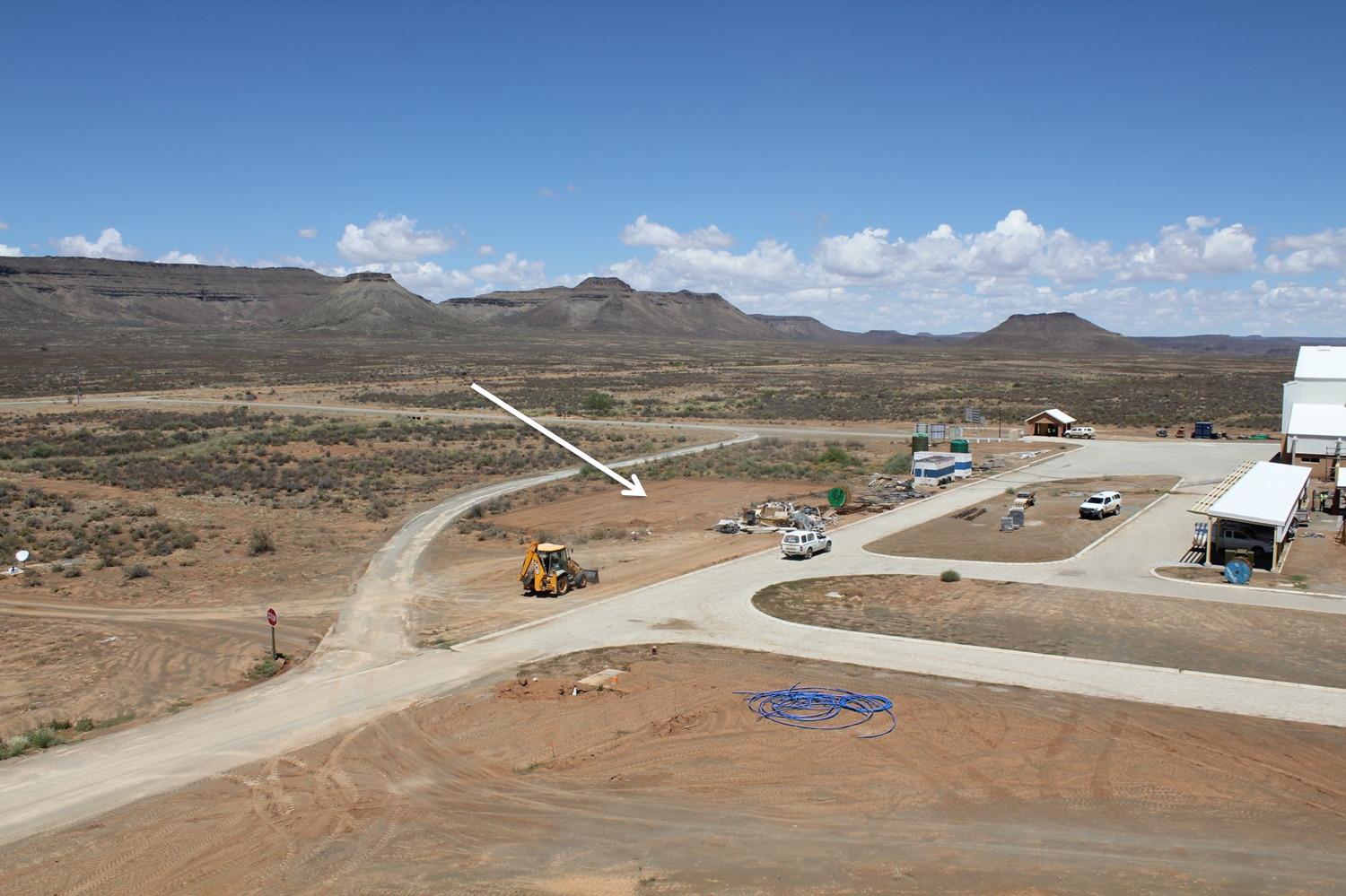 © SKA RSA / Richard Lord
© SKA RSA / Richard Lord © Madroon Community Consultants (MCC)
© Madroon Community Consultants (MCC)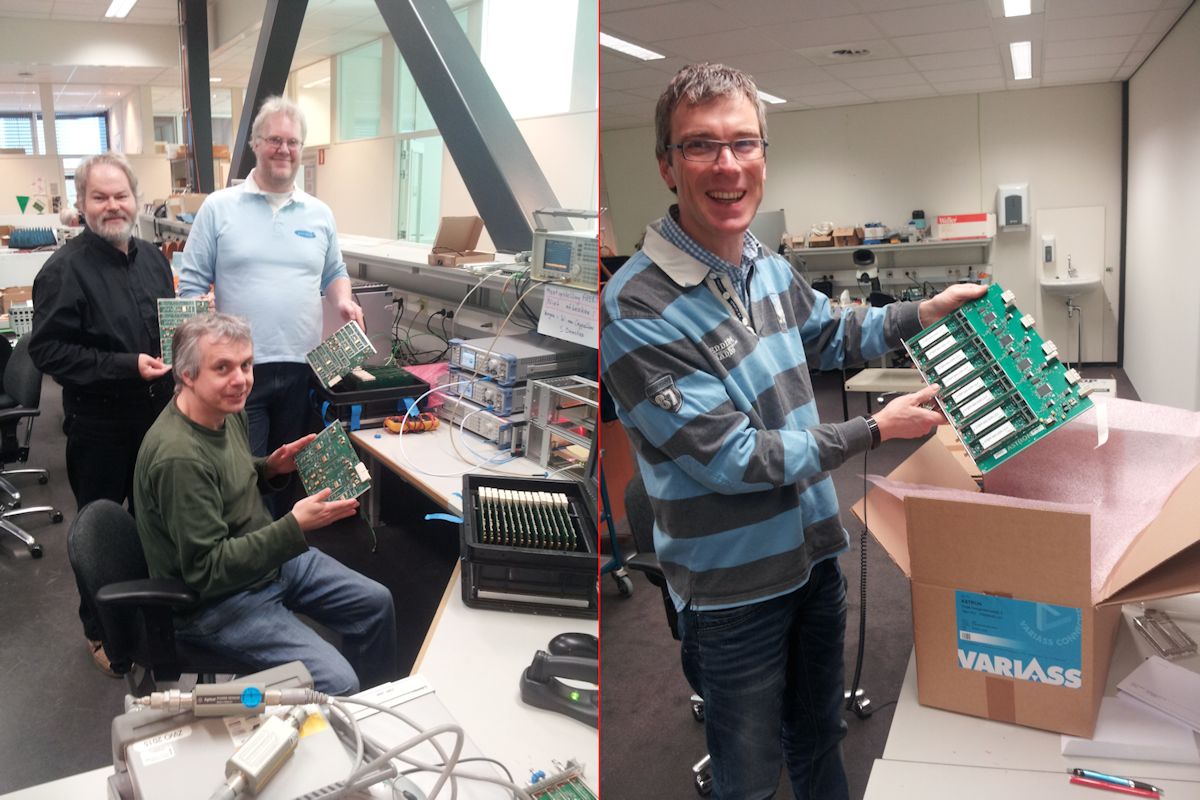 © ASTRON, 2014.
© ASTRON, 2014.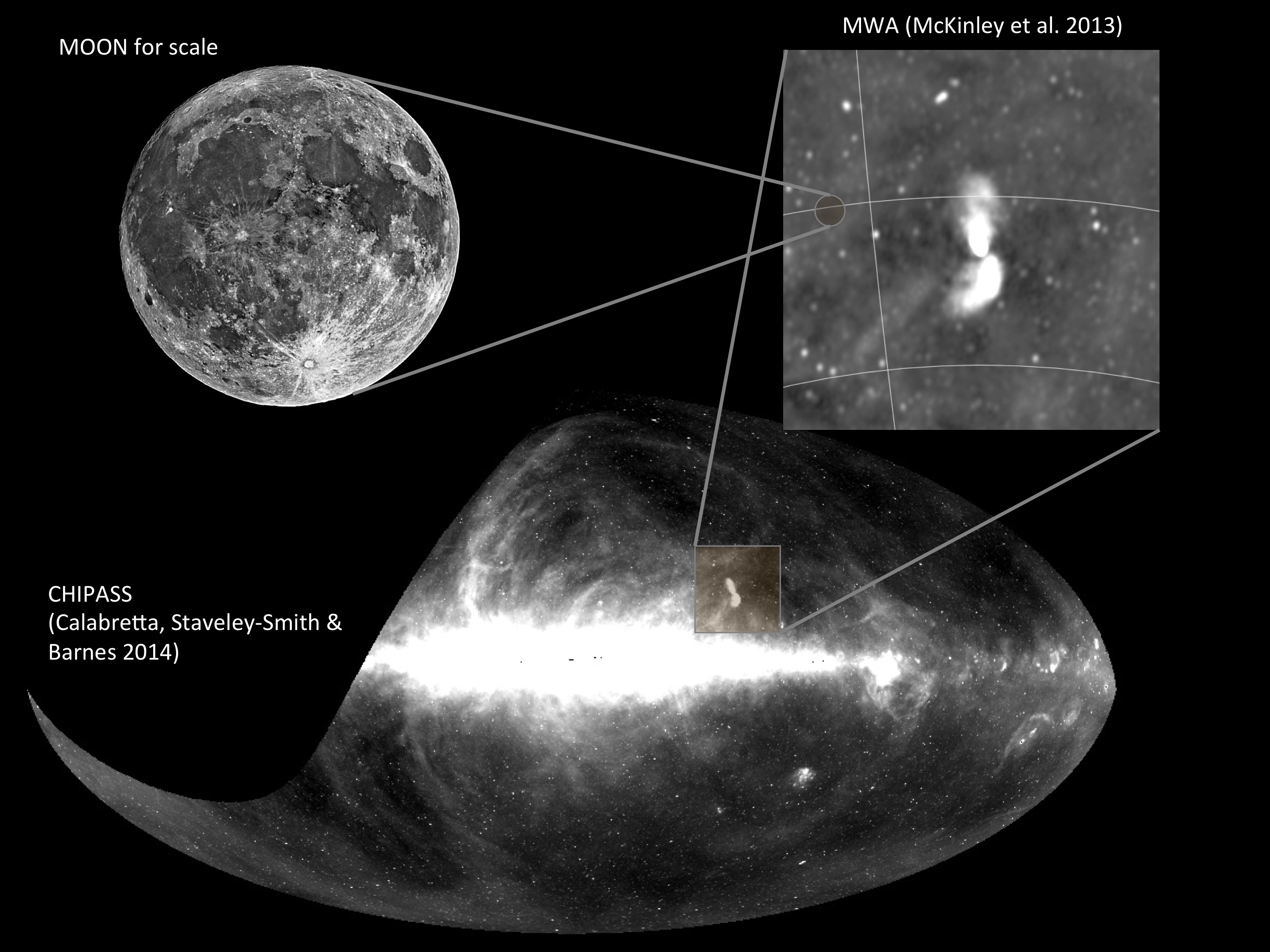 © Lister Staveley-Smith
© Lister Staveley-Smith © ASTRON
© ASTRON © ASTRON / A. van Duin
© ASTRON / A. van Duin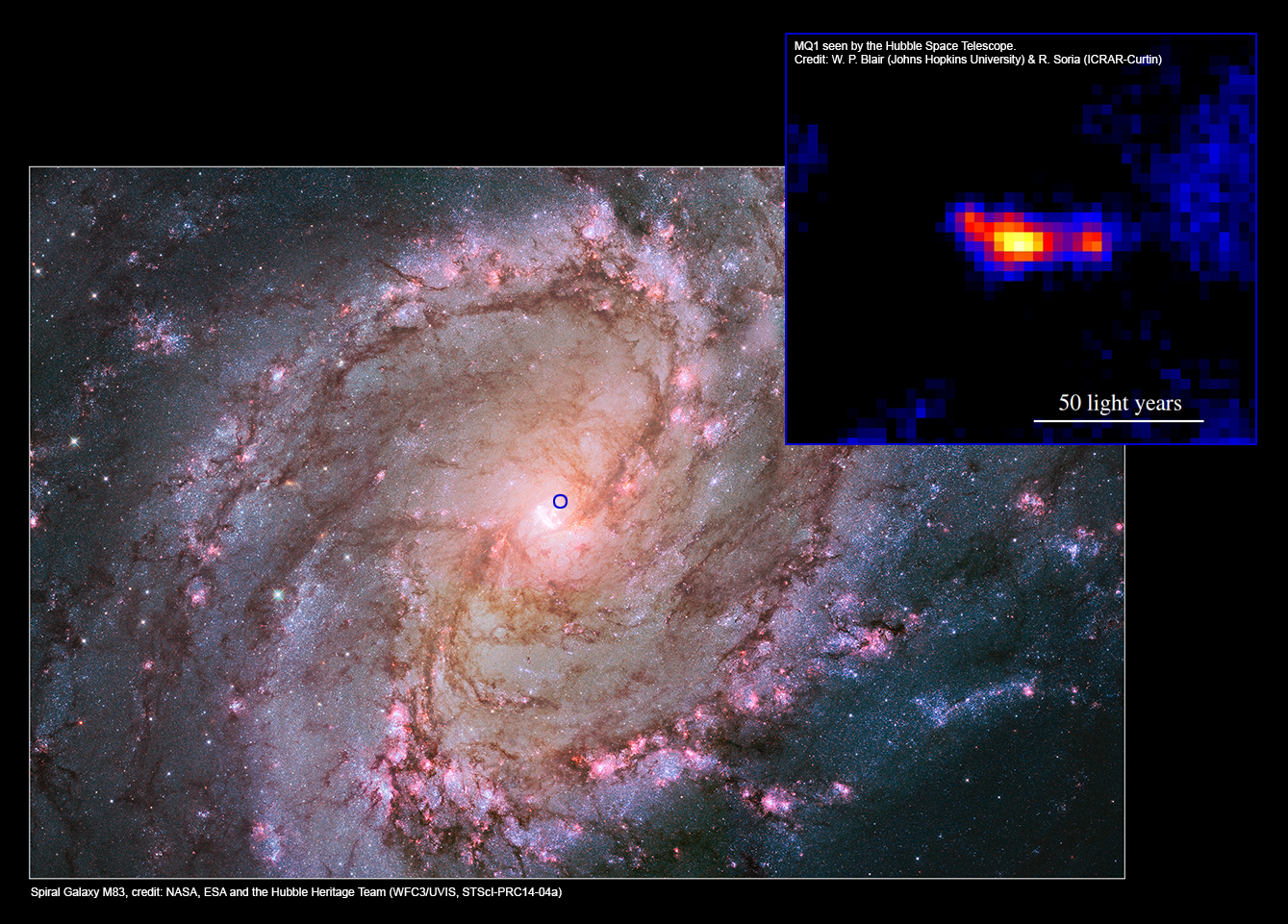 © Leith Godfrey - ASTRON. Image Credits: M83 - NASA, ESA and the Hubble Heritage Team (WFC3/UVIS, STScI-PRC14-04a). MQ1 inset - W. P. Blair (Johns Hopkins University) & R. Soria (ICRAR-Curtin).
© Leith Godfrey - ASTRON. Image Credits: M83 - NASA, ESA and the Hubble Heritage Team (WFC3/UVIS, STScI-PRC14-04a). MQ1 inset - W. P. Blair (Johns Hopkins University) & R. Soria (ICRAR-Curtin).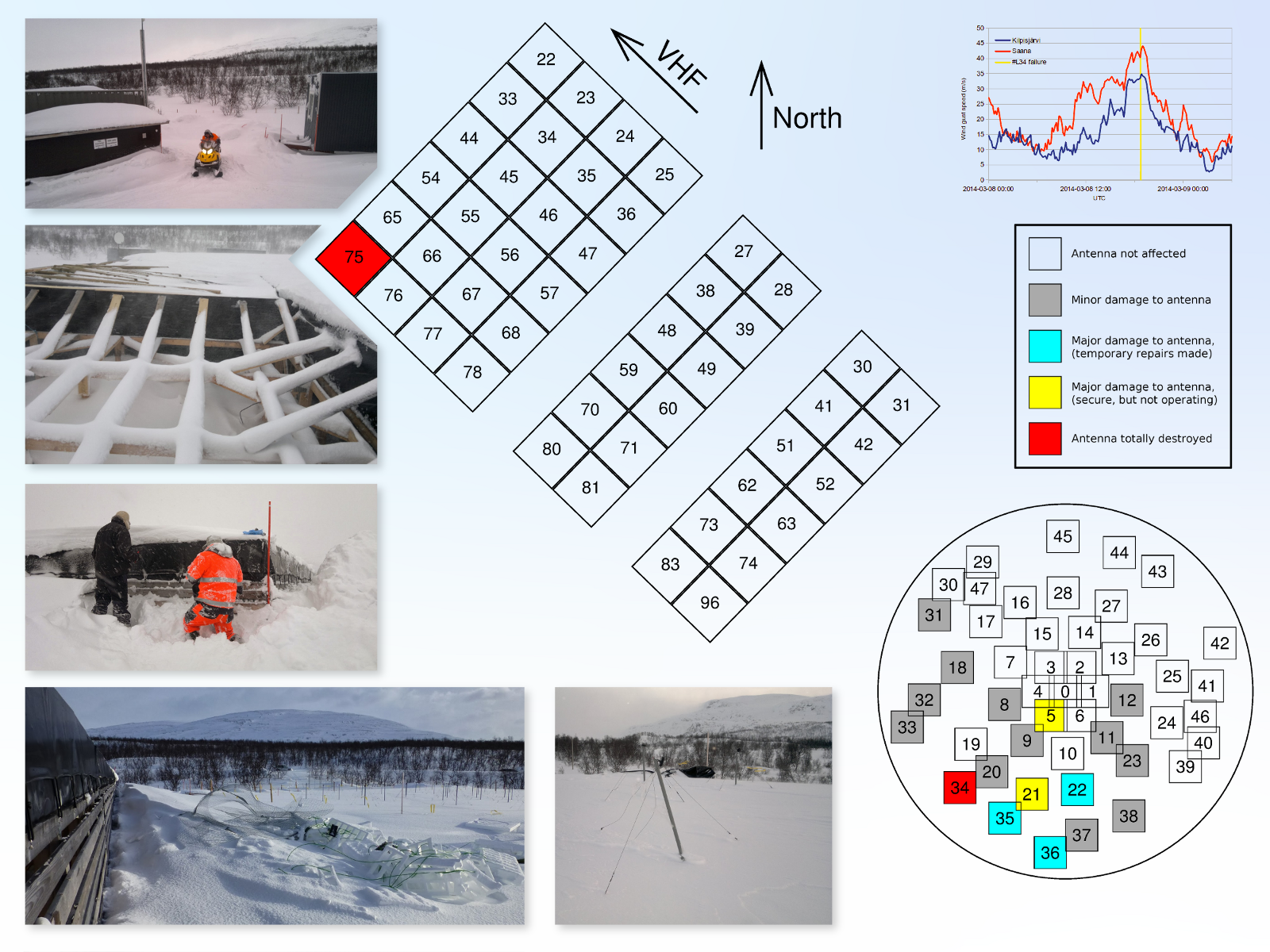 © Sodankylä Geophysical Observatory
© Sodankylä Geophysical Observatory © Martha Haynes (Cornell University)
© Martha Haynes (Cornell University) © SpaSIA group of JIVE, V. Tudose (Space Science Institute, Romania), W. Wang (Shanghai Astronomical Observatory, China), Y. Yonekura and K. Fujisawa (National Astronomical Observatory of Japan), M. Kharinov (KVAZAR, Russia)
© SpaSIA group of JIVE, V. Tudose (Space Science Institute, Romania), W. Wang (Shanghai Astronomical Observatory, China), Y. Yonekura and K. Fujisawa (National Astronomical Observatory of Japan), M. Kharinov (KVAZAR, Russia) © SKAO
© SKAO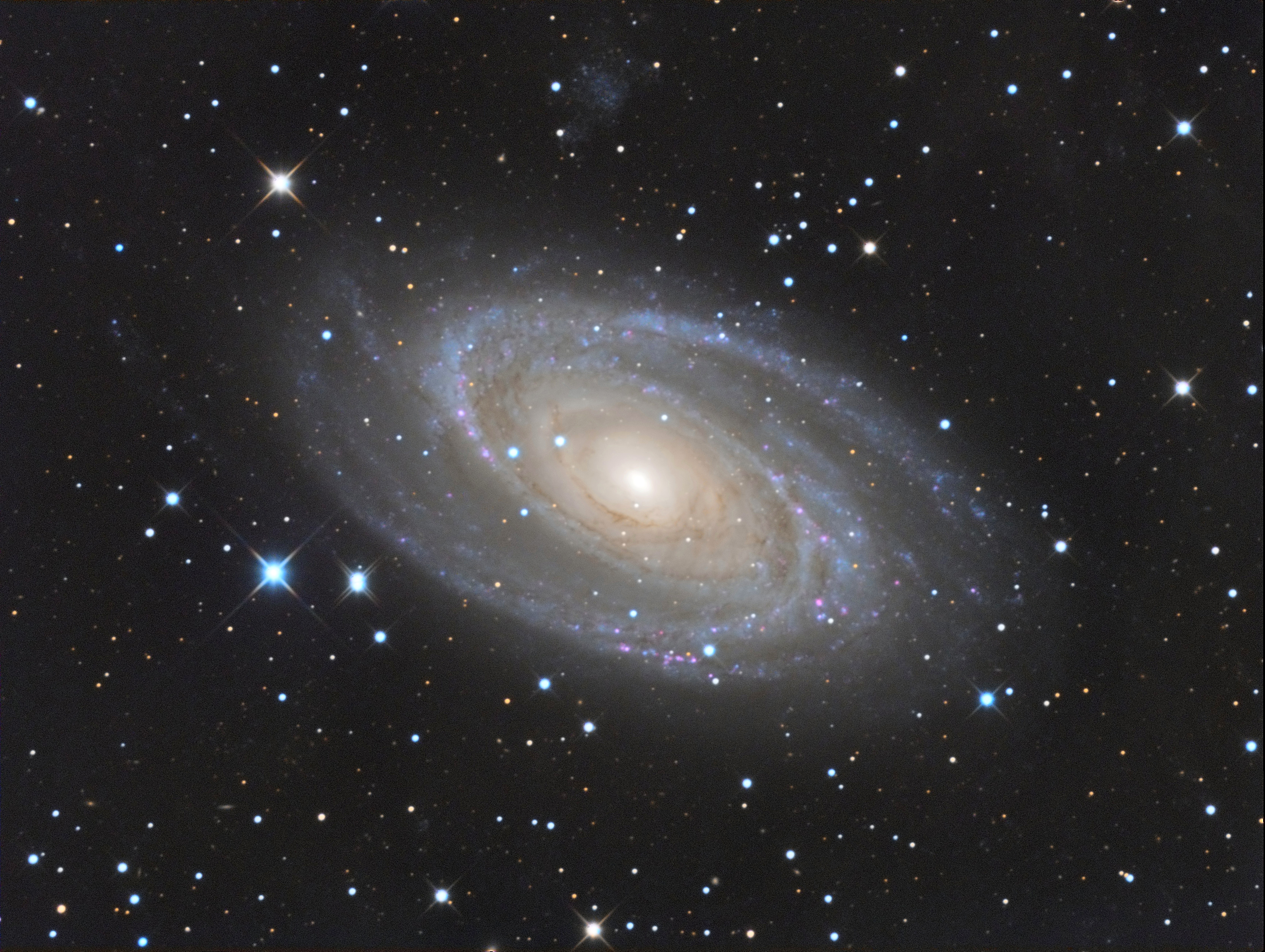 © astropix.nl
© astropix.nl © Vereese van Tonder
© Vereese van Tonder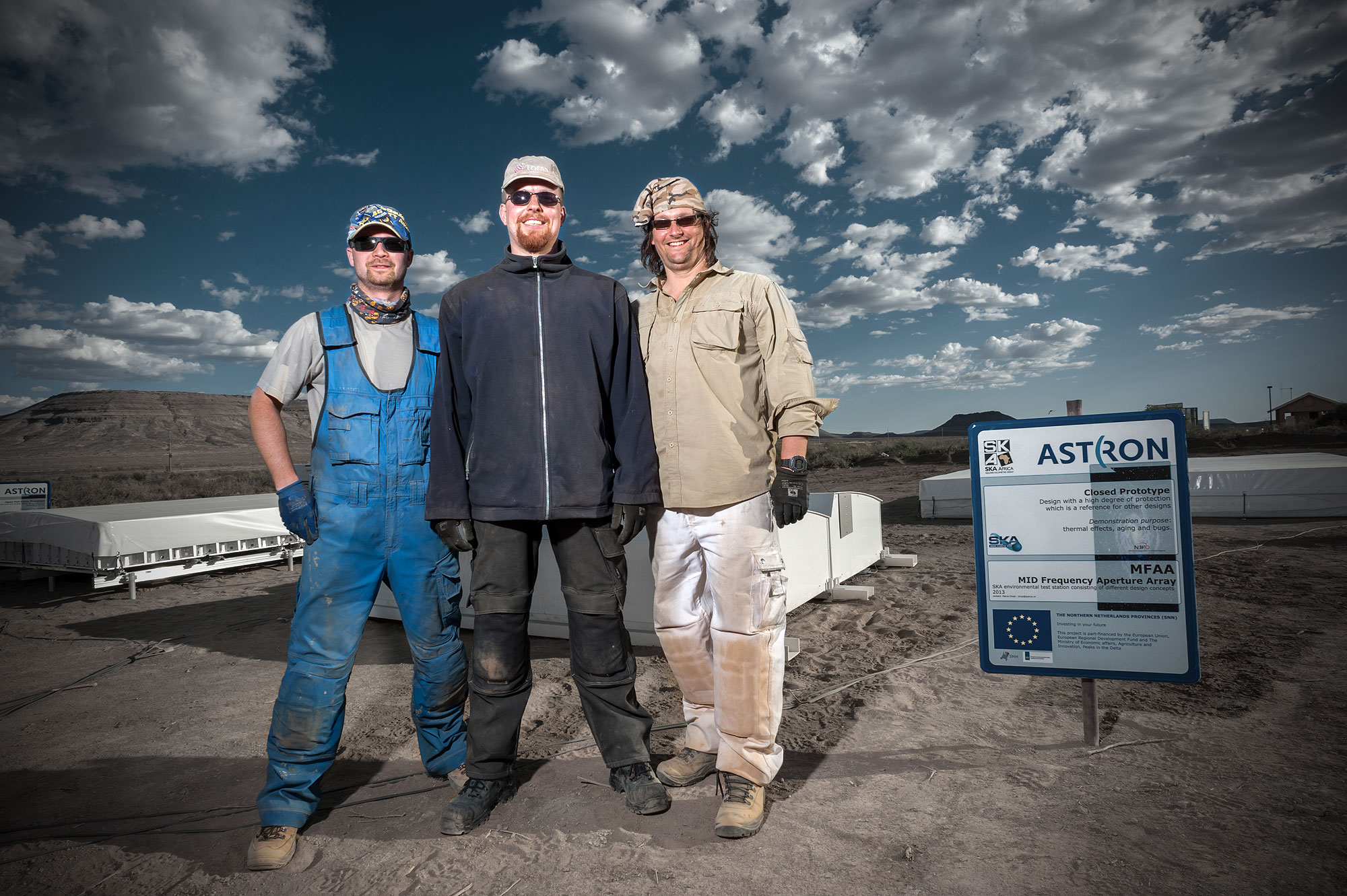 © Photowise / Sarel van Standen
© Photowise / Sarel van Standen © Ruud Visser
© Ruud Visser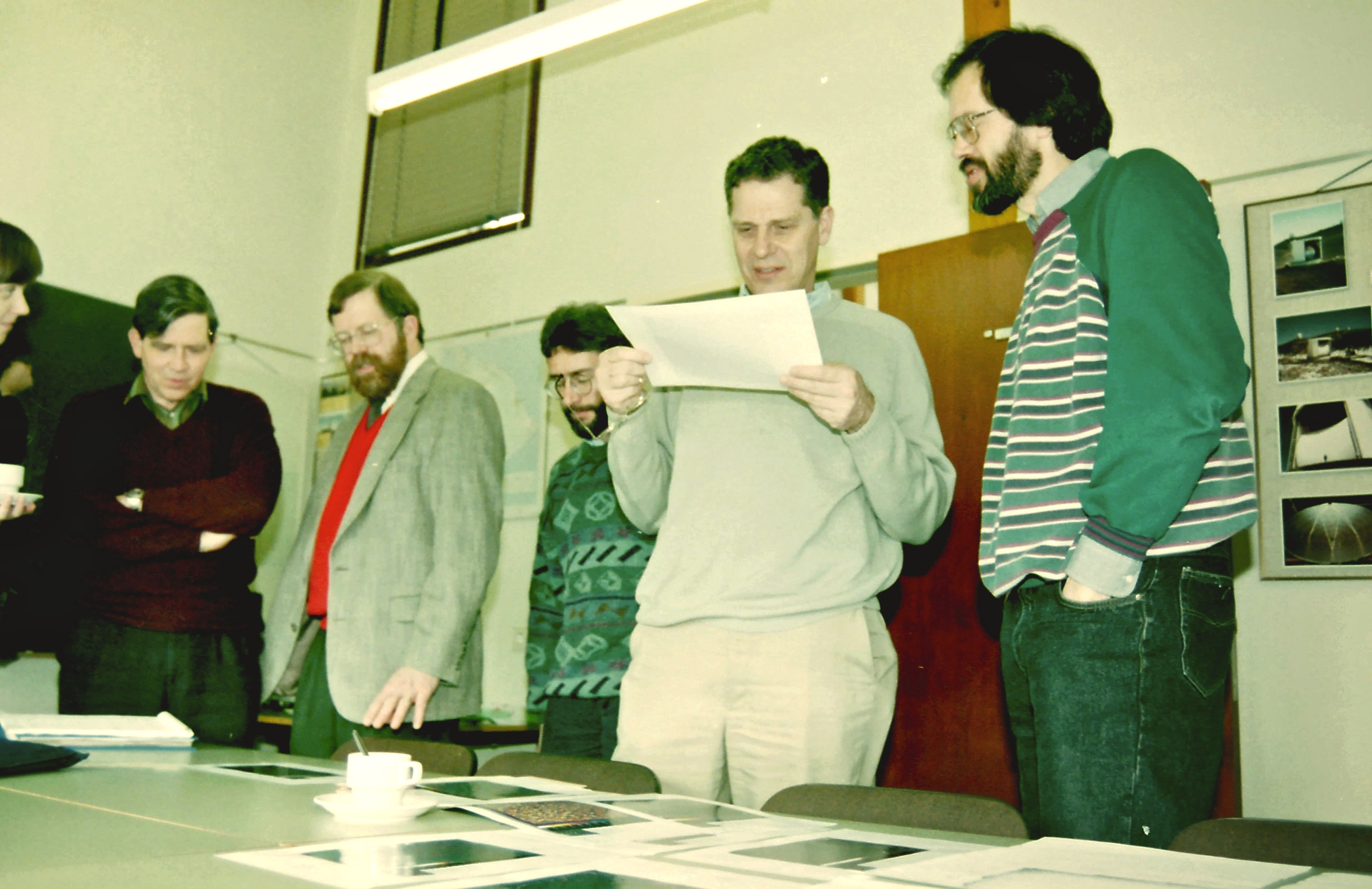 © Harm Jan Stiepel
© Harm Jan Stiepel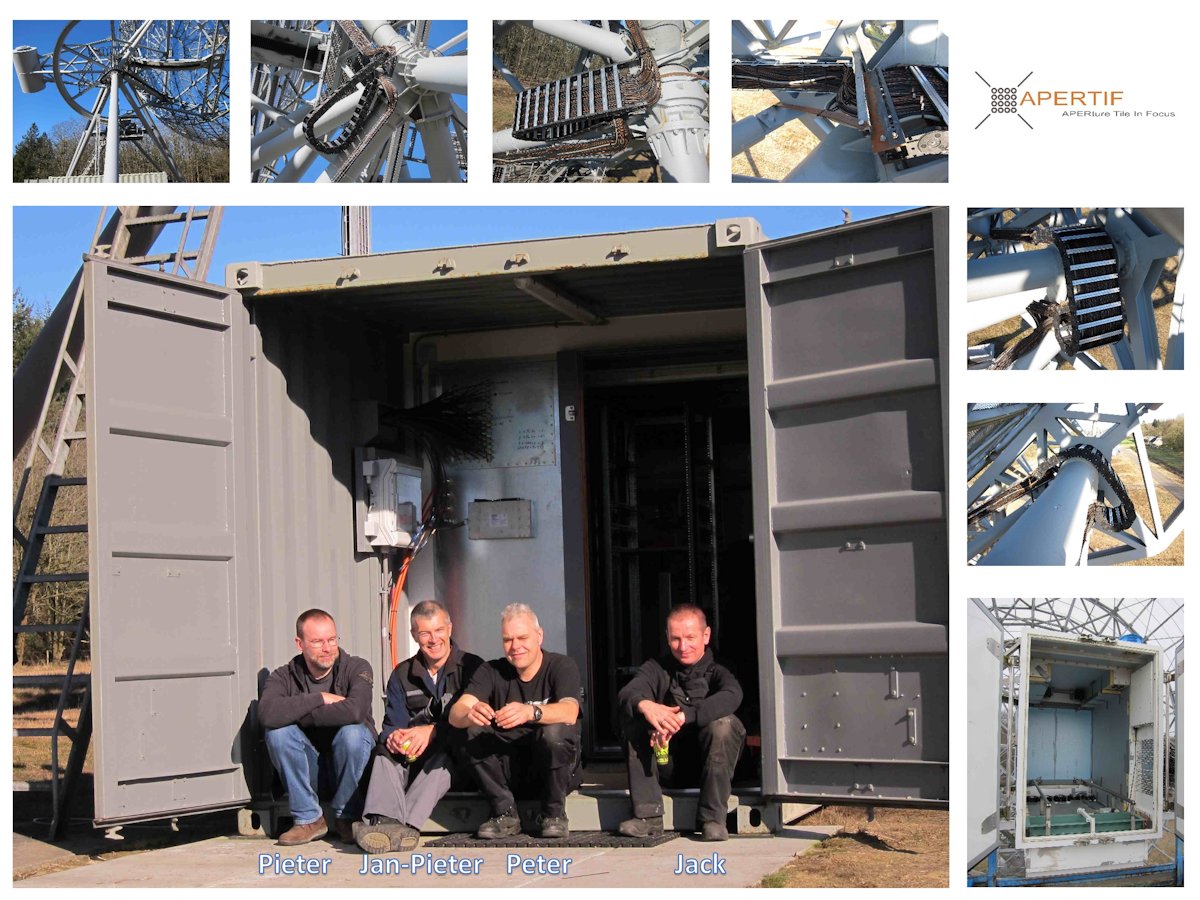 © ASTRON, 2014.
© ASTRON, 2014.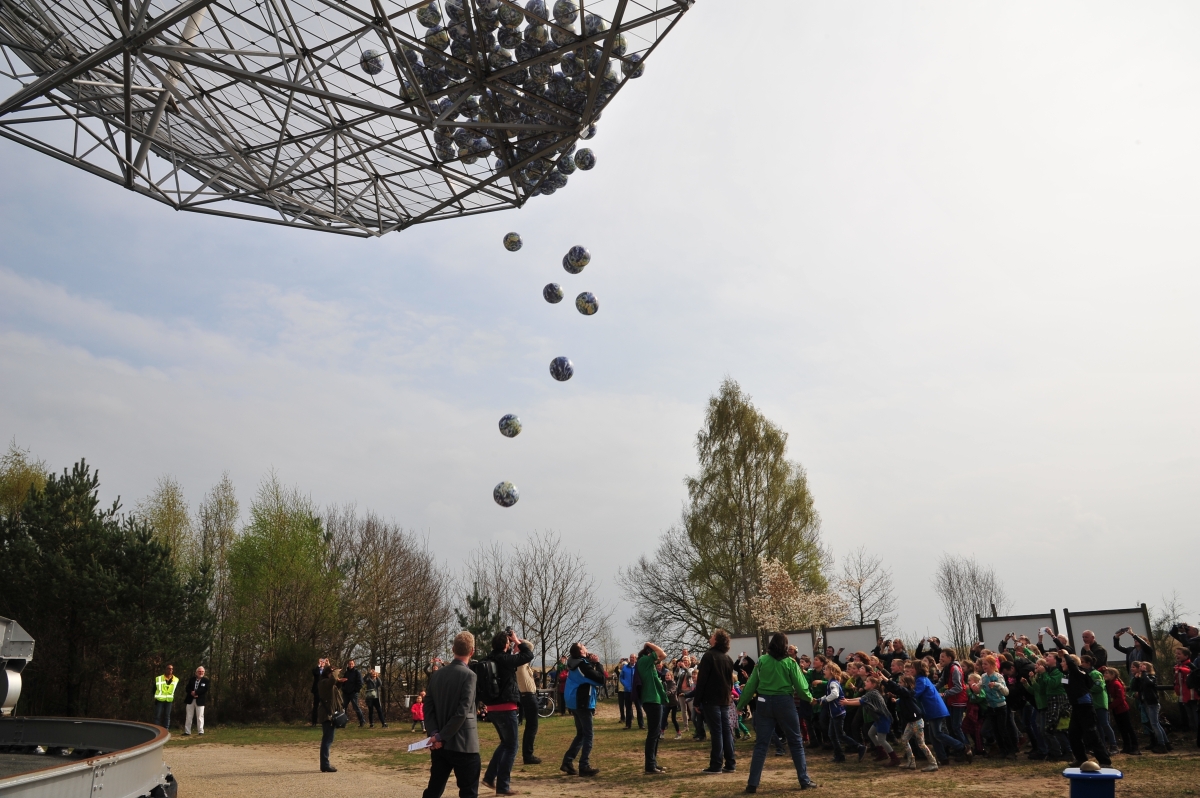 © Harm Jan Stiepel
© Harm Jan Stiepel © DESP / ASTRON
© DESP / ASTRON © ASTRON
© ASTRON







